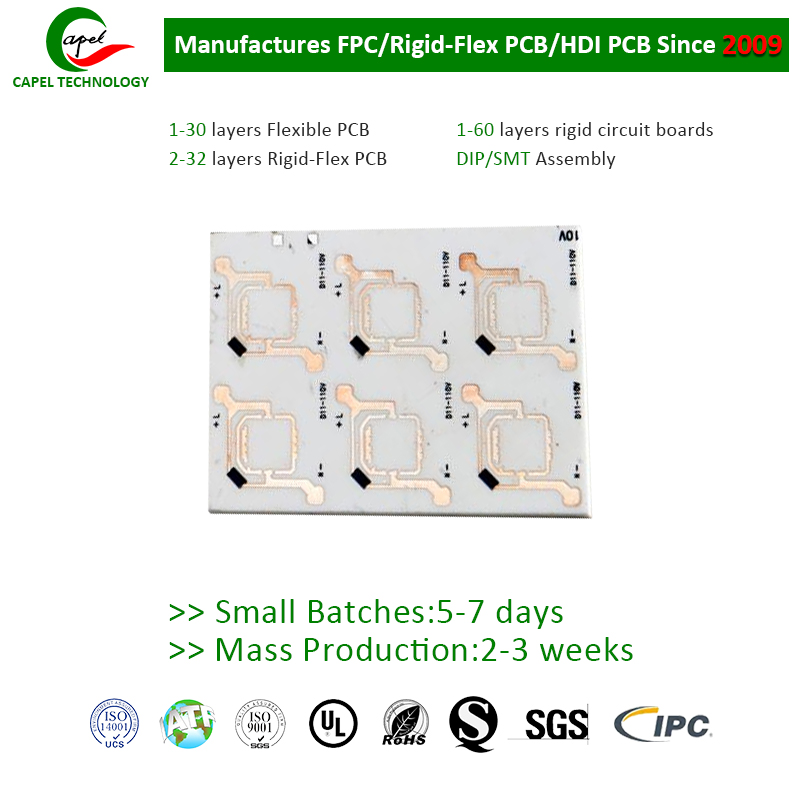In this blog, we will explore how ceramic circuit boards integrate with other components and the benefits they bring to electronic devices.
Ceramic circuit boards, also known as ceramic PCBs or ceramic printed circuit boards, are becoming increasingly popular in the electronics industry. These boards offer many advantages over traditional materials such as fiberglass or epoxy, making them ideal for a variety of applications. One key aspect that sets ceramic circuit boards apart is their integration with other electronic components.
Before delving into the integration process, let’s first understand what a ceramic circuit board is. These boards are made from a special type of ceramic material that has excellent electrical, thermal and mechanical properties. They are highly resistant to heat, chemicals, and even radiation. The unique composition of ceramic materials makes them excellent substrates for mounting electronic components.
Now that we have an overview of ceramic circuit boards, let’s explore how they integrate with other electronic components. The integration process involves multiple stages, including the design phase, component placement, and assembly.
During the design phase, engineers work closely with designers to determine the appropriate size and layout of ceramic circuit boards. This step is crucial as it ensures that the board can accommodate all necessary components and their interconnections. Designers also consider thermal management factors such as heat dissipation because ceramic materials have excellent thermal conductivity.
After the design phase is complete, the next step is component placement. Electronic components such as resistors, capacitors, transistors and integrated circuits are carefully mounted onto ceramic circuit boards. Depending on the specific requirements of the application, components are placed using advanced technologies such as Surface Mount Technology (SMT) or Through Hole Technology (THT). These technologies enable precise and reliable integration of components onto ceramic plates.
After placing the components, proceed with the assembly process. This step involves soldering the components to the board to make electrical connections. The soldering process ensures a strong bond between the components and the ceramic plate, providing stability and reliability to the assembled circuit.
The integration of ceramic circuit boards with other components offers several advantages. First, ceramic materials have excellent electrical insulation properties, reducing the risk of short circuits and interference. This insulating ability ensures optimal performance of electronic devices.
Secondly, the excellent thermal conductivity of ceramic circuit boards allows for effective heat dissipation. The heat generated by the components is efficiently transferred to the circuit board and dissipated, preventing the system from overheating and potential damage. This thermal management feature is especially important in high-power applications or devices that require precise temperature control.
In addition, the mechanical strength and durability of ceramic circuit boards facilitate their integration with other components. Ceramic materials are highly resistant to mechanical stress, vibration and even environmental factors such as moisture and chemicals. These properties increase the reliability and longevity of electronic devices, making them suitable for demanding applications in industries such as aerospace, automotive and medical.
In addition to their physical properties, ceramic circuit boards offer design flexibility. The manufacturing process allows customization and miniaturization of circuits, enabling the creation of compact and lightweight electronic devices. This flexibility is particularly valuable in applications where size and weight constraints are critical, such as portable electronics or wearable technology.
To sum up, ceramic circuit boards play a vital role in the integration of electronic components. Its unique electrical, thermal and mechanical properties make it an excellent choice for a variety of applications. The integration process involves careful design, precise component placement and reliable assembly techniques. The advantages of ceramic PCBs include excellent electrical insulation, efficient heat dissipation, mechanical robustness and design flexibility, making them an ideal solution for the growing electronics industry. With the continuous advancement of technology, ceramic circuit boards are expected to play a more important role in the integration of electronic devices in the future.
Post time: Sep-25-2023
Back







